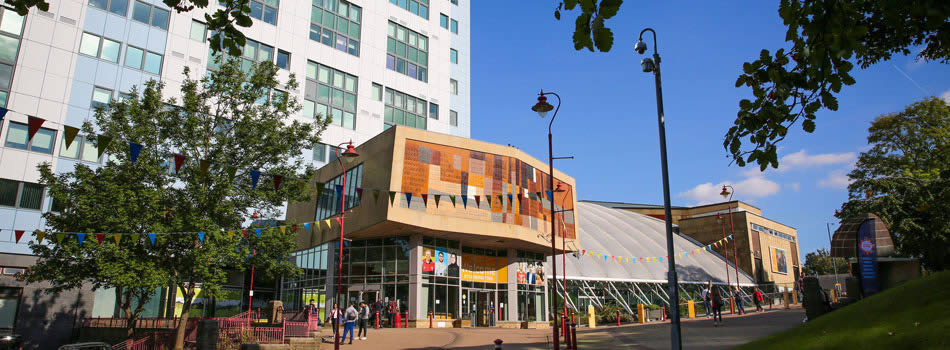The prevalence of Type 2 diabetes (T2DM) is escalating at an alarming rate, with almost 10% of the UK population suffering from T2DM or in a pre-diabetic state. T2DM is a hyper-inflammatory condition, and the leading cause of death in these patients is cardiovascular disease. Whilst microvascular complications of T2DM (e.g. retinopathy, nephropathy) can be ameliorated with intensive glucose control, an improvement in macrovascular complications such as myocardial infarction and stroke are much less clear-cut. Vascular cells from T2DM patients have a persistent, dysfunctional phenotype (Riches 2017, Riches 2014a, Riches 2014b) with dysregulated microRNA expression, which may contribute to the progression of cardiovascular disease in these patients that is potentially propagated by DNA damage. Other groups have demonstrated that circulating cells in T2DM patients have shorter telomeres (Sampson 2006), increased micronuclei (Salimi 2016) and greater levels of basal and oxidative DNA damage (Sliwinska 2008). Also, DNA damage may be associated with T2DM and its complications through oxidative stress. Little is known about DNA repair disturbances potentially contributing to the overall extent of DNA damage in T2DM, which may be linked with genomic instability (Grindel 2016). MicroRNAs that target genes involved in beta-cell growth and insulin resistance are dysregulated in T2DM patients and correlate with complications. For example, circulating microRNAs targeting T2DM-susceptibility genes are correlated with certain disease features including insulin and HbA1c levels in patients, as well as BMI, triglyceride levels and family history in controls (Kokkinopoulou 2019). The aim of this project will be to phenotypically characterise both red and white blood cells from T2DM and control populations, and investigate the genomic susceptibility to T2DM in peripheral blood with a view to designing therapeutics to reverse any adverse phenotypic changes.
Approach
Blood samples will be collected from patients with no diabetes, pre-diabetes, or T2DM and stratified for HbA1c as an indicator of glycaemic control. Gross morphological and ultrastructural characteristics will be monitored using a combination of light, immunofluorescence and holotomographic imaging (a novel, label-free live-cell imaging modality at the University of York), and DNA damage will be assessed using the Comet assay and flow cytometry. The pathways underpinning any changes will be dissected using a variety of molecular techniques, and the ability of T2DM plasma to induce dysfunction in non-diabetes cells will be tested.
Outcome
Following completion of this project, the student will have performed a thorough characterisation of red and white blood cells from T2DM patients. Structural changes and the molecular pathways underpinning them will have been identified which will help to progress therapeutic design. The student will also have gained extensive experience in a variety of imaging modalities and biochemical techniques, and have presented their work at both the national and international level.

 Continue with Facebook
Continue with Facebook




